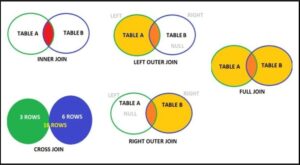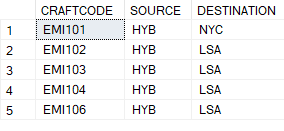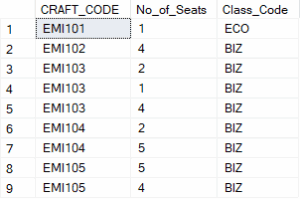MSSQL and TSQL Concepts: JOINS
Join us for a Free Webinar on one of the most important concepts of SQL — SQL Joins. This Webinar is specially for the proud Alumni of SQL School to refresh and revise your SQL Joins skills. In this Webinar, we will work with real-time hands-on examples that go beyond the classroom basics.
Let’s begin with a quick recap of what are JOINS are and various types of Joins — INNER, OUTER, LEFT, RIGHT, FULL, and CROSS JOINs.
👉 Click Here to Register for the Free SQL Joins Webinar for SQL School Alumni on July 12th 2025, 8 AM
What are JOINS?
JOINS are a mechanism to compare two or more tables & combine the results into a single output.
They help retrieve meaningful data by linking tables through primary and foreign key relationships.
Joins are essential when working with relational databases, allowing users to perform complex queries across multiple tables.
Various types of Joins;
- Inner Join
- Left Outer Join
- Right Outer Join
- Full Outer Join
- Cross Join.
Let’s learn various types of Joins using an example
Create two tables ‘FLIGHT’ and ‘RSERVATION’.
FLIGHT Table RSERVATION Table
What is INNER JOIN?
INNER JOIN is used to compare two or more tables and return only the matching data based on the specified condition.
Ex: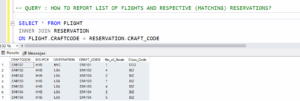
What is LEFT OUTER JOIN?
LEFT OUTER JOIN returns all records from the left table and matching records from the right table.
If no match is found, NULLs are returned for the right table columns.
Ex: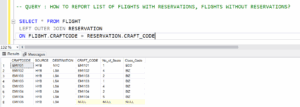
What is RIGHT OUTER JOIN?
RIGHT OUTER JOIN returns all records from the right table and matching records from the left table.
If no match is found, NULLs are returned for the left table columns.
Ex: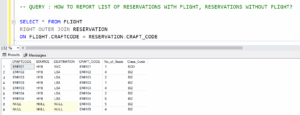
What is FULL OUTER JOIN?
FULL OUTER JOIN returns all records from both tables, combining the results of LEFT and RIGHT OUTER JOINs.
Unmatched rows will contain NULLs for the missing side.
Ex: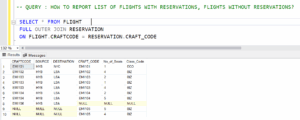
What is CROSS JOIN?
Used to return the Cartesian product of two tables — that is, all possible combinations of rows.
No condition is applied, and no matching is required.
Usage: Typically used in auditing, data simulation, and query performance testing.
Ex: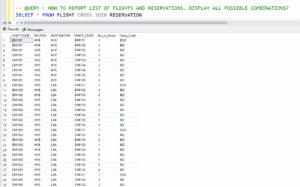
Let’s connect for a free webinar learn how to handle complex join conditions and apply them in practical, industry-style scenarios!!!
On 12th July 8 AM.
Let’s clarify common mistakes, get your queries answered, performance tips, and best practices while writing JOIN queries.
Don’t miss this value-packed refresher to sharpen your edge in the data-driven world!
👉 Click Here to Register for the Free SQL Joins Webinar for SQL School Alumni on July 12th 2025, 8 AM

